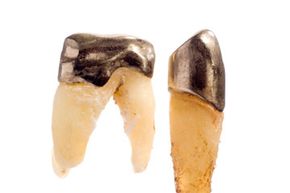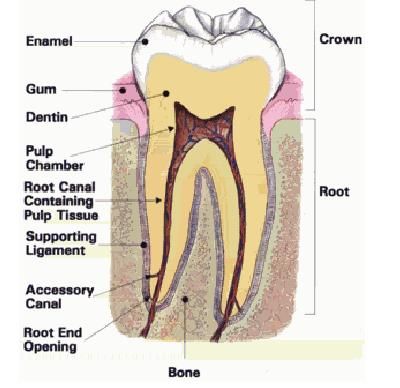Some of us have the good genes, excellent dental habits, regular visits to the dentist and sheer luck that add up to beautiful, healthy teeth. Others need what dentists call "restoration." Fillings are par for the course, but hearing that you need a crown can conjure up a special feeling of dread. Or it may sound kind of nice, like a sort of royal treatment for your tooth. However, the process can be painful -- both for your mouth and your bank account.
Crowns are caps that are placed over teeth to both improve their appearance and their functionality. Dentists install them when you have a weak, damaged, broken or discolored tooth. Teeth that have gotten a root canal (removal of infected pulp inside the tooth's root, rendering it "dead") may be capped because the tooth itself can become fragile and brittle. Sometimes dentists suggest capping a tooth rather than filling it because the filling would take up most of the tooth or go below the gumline, threatening its structural integrity.
Advertisement
If you need a tooth to be pulled entirely and replaced with an implant, a crown would go over the actual metal post that gets implanted. Crowns may also be used to attach a bridge -- a partial denture. There are also 3/4 and 7/8 crowns -- sort of a cross between a crown and an inlay that preserves more of the original tooth, with more of a "seam" between the tooth and crown.
If the tooth is healthy and structurally sound, a crown is probably not something that you'd want to do -- not only for the reasons above, but because it's a permanent procedure that forever alters the existing tooth. A tooth that is discolored on the surface or has minor damage may need a veneer instead -- a thin layer of material that is usually placed on a front tooth.
You may think of dental restoration as a modern invention, but believe it or not, crowns have been around since ancient times. Next, find out how crowns have evolved over the years.
Advertisement





